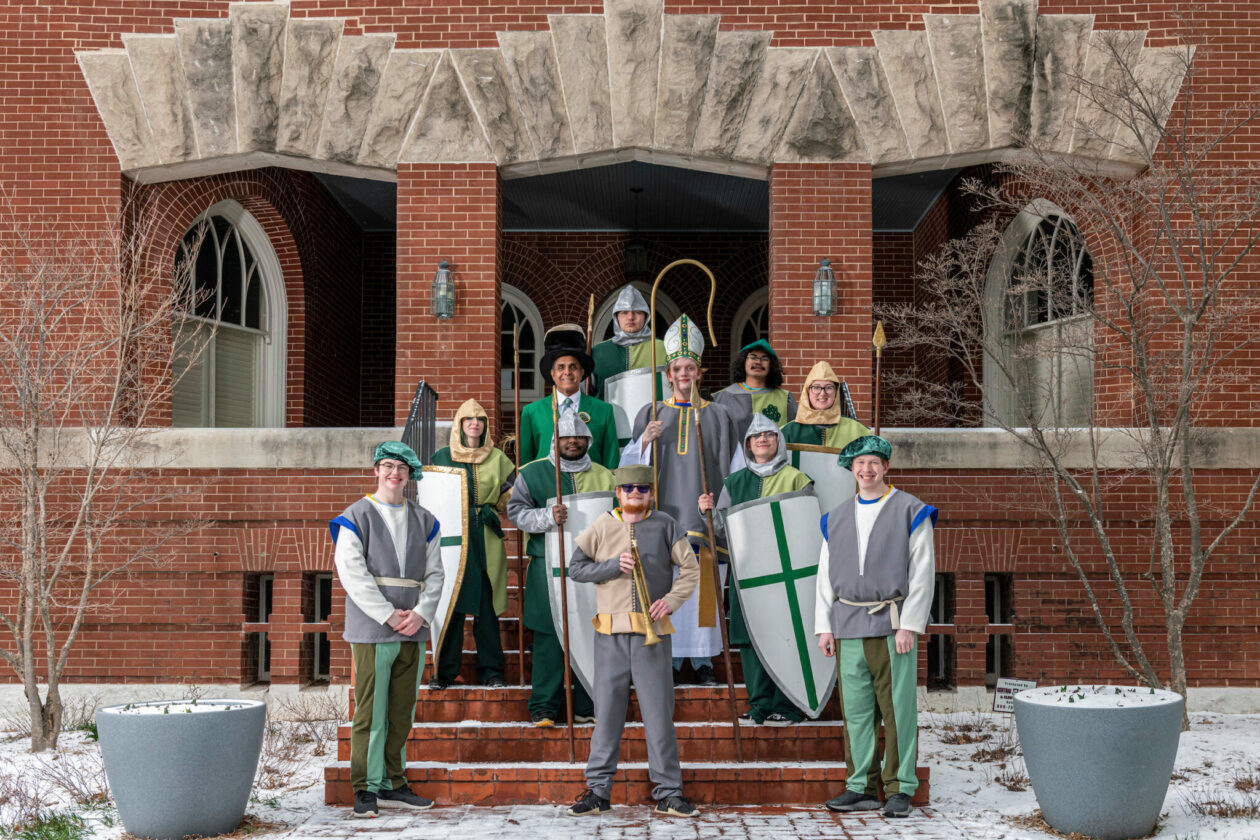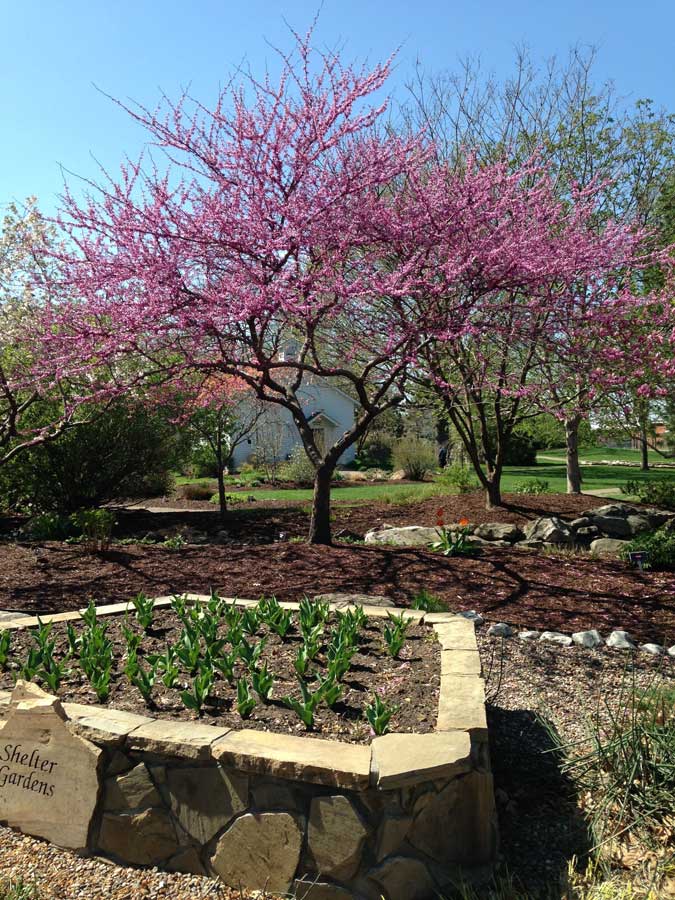On St. Patrick’s Day, most of us have corned beef and cabbage on our minds. But Shamrocks and lucky 4-leaf clovers may come to mind, too. Shamrocks are, of course, native to Ireland, not Missouri. But this event about native Missouri plants offers fun for you and your whole family.

By Peg Cameron Gill
The Cape Girardeau Nature Center has been hosting an ongoing Native Plant Seminar. March 14-17, online virtual native plant programs have been available for viewing.
On Saturday, March 18, from 9 am–3 pm, families have a chance to enjoy some great in-person events at the center, including a craft corner. The corner, in connection with the Native Plant Seminar, may be attended as a stand-alone event. It’s open to all ages and doesn’t require registration.
While the majority of the center’s Native Plant Seminar is geared towards adults, the Crafting Corner gives space for kids of all ages to get creative and interact with native plants in a different way. The Crafting Corner program is a drop-in, self-led event. This means the room will be open from 9 am – 3 pm and during that time families are free to come and go as they please.
Naturalist Cameron Johnston says although there won’t be any teacher-led instruction, kids will find lots of inspiration, some written instructions, and room for creativity. Staff/volunteers will be on hand to help participants as needed.
There will be multiple craft tables with example crafts that are more structured, but there will also be a whole buffet of craft supplies and natural materials for crafters to use to build their own creations. Natural materials will include things like pine needles, acorns, milkweed pods, dried leaves, etc. Some of the more “structured” stations will include a watercolor flower craft and a build-your-own flower station.
On that day, the Cape Girardeau Nature Center will also offer a tree ID hike, and guest speakers sharing tips on landscaping to attract wildlife and facts about native orchid varieties.
Missouri Wildflowers Nursery and Forrest Keeling will also be on site from 9 am–1 pm with a variety of native plants, trees, and shrubs available for purchase.
A wee bit o’ history about plants associated with St. Pat’s: The plants most often associated with the name “shamrock” are the suckling clover (Trifolium dubium) and the white clover (Trifolium repens).
Shamrocks are often depicted as a four-leaf clover. But this isn’t really accurate. Traditionally, a shamrock is a three-leaf clover. Why three leaves instead of four? According to legend, St. Patrick used a three-leaf shamrock to explain the Holy Trinity; one leaf for the Father, one for the Son, and the third for the Holy Spirit, respectively. More recently, the four-leaf clover has also come to represent the Holy Trinity, with the fourth leaf symbolizing God’s grace.
The word “shamrock” comes from the Irish word Seamróg, meaning “little clover” or “young clover,” but there isn’t agreement on which species of clover is the “true” shamrock. In fact, there are a few plants that go by this nickname.
Related Posts
Have a Rolla-cking Good Time on St. Paddy’s
Talk about a time-honored tradition! This unique St. Paddy’s Day celebration dates all the way back to 1908. Over the course of its 114 years, it has only grown bigger and better, with the leadup time starting in fall of the prior year.
Get Growing, Green Thumbs
Columbia garden centers provide inspiration, materials and know-how to spruce up your yard.
Columbians’ Green Thumbs
The four-season beauty of Columbia can be found throughout the town in its private lawns and public gardens. Here’s where the green-thumbed go to find inspiration.



